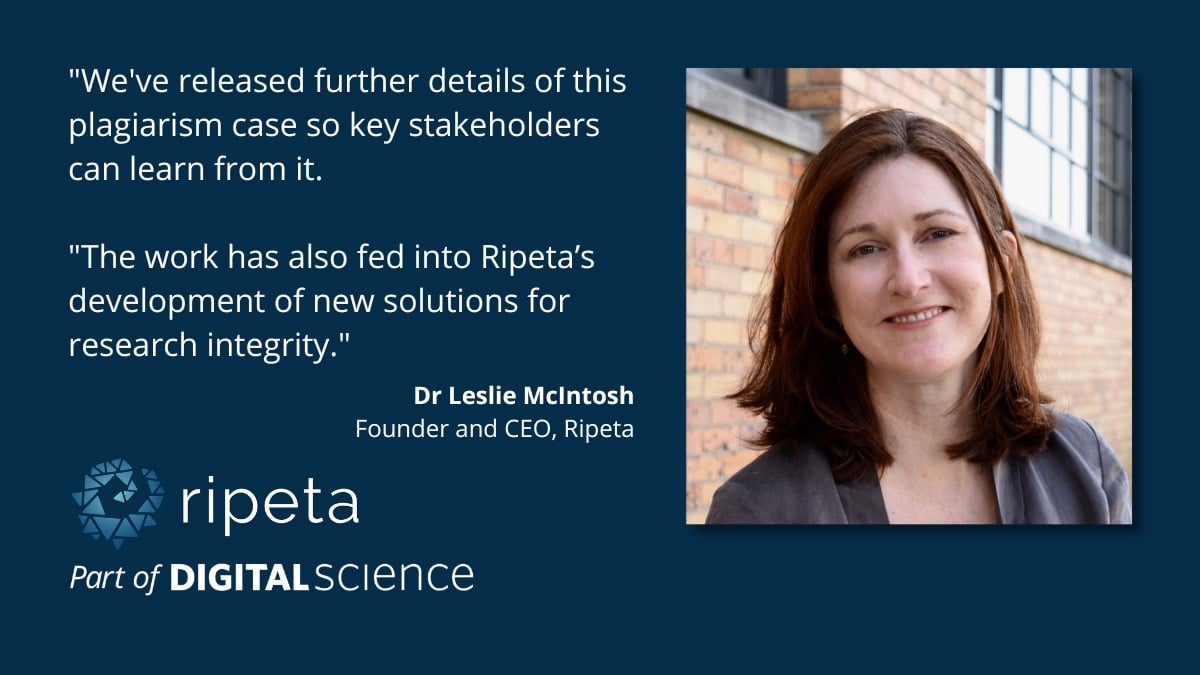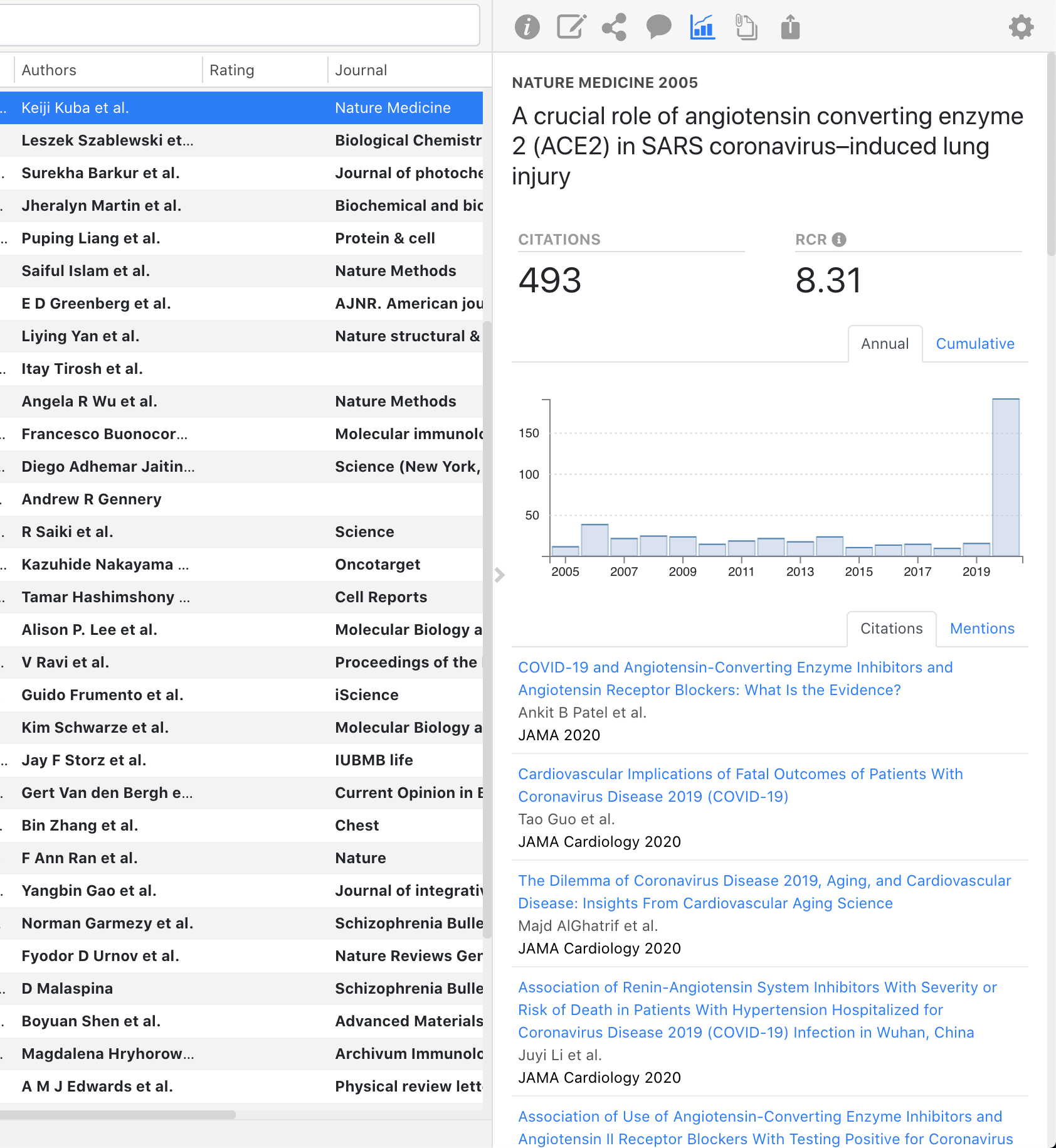

Without knowing where the current gaps are, your findings will either be old hat or too out in left field to be cited right away. Staying up to date with the literature is perhaps the single most important skill that remains crucial throughout a researcher's career. Lynn Kamerlin, associate professor of cell and molecular biology at Uppsala University in Sweden The demands on scientists in terms of outreach, administration, grant writing, teaching, and more are tremendous, and there are only 24 hours in a day. But I do find it difficult to integrate this task into my daily routine. In addition, through reading the literature I can find potential solutions to scientific barriers I am facing in my own research. Without keeping up with the literature, I can't know what other people are doing or contextualize my work. Why is it important to keep up with the literature, and what are the challenges? Their responses have been edited for brevity and clarity. To help you keep track of the literature and avoid feeling too overwhelmed, Science Careers asked scientists in a diverse range of fields to discuss how they integrate searching for papers, and reading them, into their working routine.

The task is all the more daunting today, with the already vast literature continuing to grow at head-spinning speed. Beginning a new research project or writing a grant application can be good opportunities for extensive literature searches, but carving out time to keep abreast of newly published papers on a regular basis is often challenging.
#READCUBE PAPERS SPECIFY PUBLICATION DATE PDF#
If you highlight or take notes in the PDF, you'll be able to view, search, and filter these annotations outside of the PDF by clicking on the notes icon at the top of the article record. You should now see a big blue button that says "Read" - you can open the PDF within Papers to read and annotate the PDF, and save your annotations to reference later.ĥ.
#READCUBE PAPERS SPECIFY PUBLICATION DATE FULL#
The full-text tab will close and you'll be brought back to your library tab, where the full text will import into the citation record.


A box will appear asking you to confirm that you want to import the PDF into your Papers library - click the "Download" button to proceed.Ĥ. Click the PDF button (the PDF button will look different depending on which publisher site you're on, but it should always be near the top of the page).ģ. If Papers can find full text, a new tab will open in your app to the right of your Library tab - this new tab will contain a page for downloading the PDF of the article. Click on any citation in your library to open the full record, and then click on the "Locate PDF" button.Ģ.


 0 kommentar(er)
0 kommentar(er)
